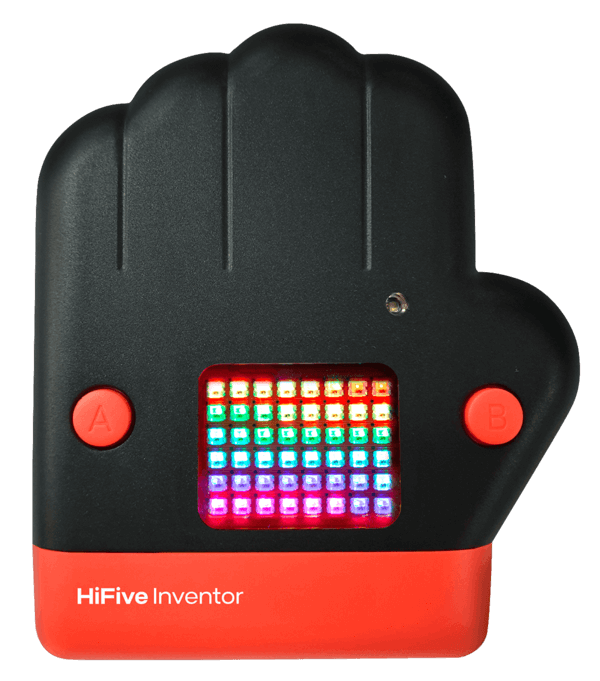Stay Connected With RISC-V
We send occasional news about RISC-V technical progress, news, and events.
The RISC-V Exchange hosts the hardware, software, services, and learning offerings in the RISC-V community. Browse the list or search for an offering below.

Organization: BeagleBoard.org
BeagleV®-Ahead
License Type: Permissive
Software Type: Chips
The first RISC-V single-board computer (SBC) from ASUS IoT embraces open-source architecture to expand options for industrial IoT developer community First ASUS IoT RISC-V SBC:64-bit processor embraces open-source RISC-V architecture to deepen diversity and flexibility for IoT developers Ideal for industrial IoT:Rich connectivity, assured longevity and reliable, trusted technical support Linux Debian and Yocto support:Accelerates adoption of RISC-V and deployment in industrial IoT applications

Organization: Kai
An incomplete SoC
Software Type: Soft IP

Organization: Umm Al-Qura University
An Arabic course in Computer Architecture taught in RISC-V ISA based on Computer Organization and Design the Hardware/Software Interface, RISC-V Edition, David Patterson and John Hennessy by Dr. Ghassan F. Bati. http://www.uqu.edu.sa/gfbati
License Type: Copyleft
Learn Language: Arabic

Organization: Aries Embedded GmbH
The M100PFS is based on the PolarFire SoC FPGA architecture by Microchip and combines high-performance 64-bit RISC-V cores with outstanding FPGA technology. The platform integrates a hardened real-time, Linux capable, RISC-V-based MPU subsystem on the mid-range PolarFire FPGA family, bringing low power consumption, thermal efficiency and defence grade security to embedded systems.

Organization: Aries Embedded GmbH
The M100PFS is based on the PolarFire SoC FPGA architecture by Microchip and combines high-performance 64-bit RISC-V cores with outstanding FPGA technology. The platform integrates a hardened real-time, Linux capable, RISC-V-based MPU subsystem on the mid-range PolarFire FPGA family, bringing low power consumption, thermal efficiency and defence grade security to embedded systems. The RISC-V CPU micro-architecture implementation is a simple 5 stage, single issue, in-order pipeline that doesn’t suffer from the Meltdown and Spectre exploits found in common out-of-order machines. All five CPU cores are coherent with the memory subsystem allowing a versatile mix of deterministic real time systems and Linux in a single multi-core CPU cluster.

Organization: Centre for Development of Advanced Computing
The ARIES v2.0 is a fully indigenous and a “Made in India” product to get started with basic microprocessor programming and embedded systems. This board is built upon a RISC-V ISA compliant VEGA Processor with easy-to-use hardware and software. The VEGA SDK also provides full ecosystem with numerous examples and support documentation.
License Type: Proprietary

Organization: SiFive
Doctor Who takes coding to the next level with the revolutionary HiFive. BBC/Tynker coding is a combination of the best in entertainment with the best in technology for learning. Using play and stories to enable learning is a long-established practice among educators. Using the Doctor Who story to inspire learners to code using the well-respected Tynker coding environment means that children learn in a non-threatening yet challenging environment that encourages success and learning through play. Uses Cases include Internet of Things (IoT), learning computer programming, artificial intelligence, robotics, and more! Features SiFive RISC-V FE310-G003 processor

Organization: BeagleBoard.org Foundation
BeagleV®-Ahead is an open-source RISC-V single board computer (SBC) in the form factor of BeagleBone Black with compatible P8 & P9 cape header pins allowing you to stack your favorite BeagleBone cape on top to expand it’s capability. Featuring a powerful quad-core RISC-V processor, BeagleV®-Ahead is designed as an affordable RISC-V enabled pocket-size computer for anybody who want’s to dive deep into the new RISC-V ISA. Use Cases include rapid prototyping of low-power, low-latency embedded systems, rapid prototyping of RISC-V SoC designs and industrial automation. Features Microchip PolarFire® MPFS025T quad-core RISC-V System on Chip (SoC) with FPGA fabric and management CPU subsystem, 2GB LPDDR4 memory, 16GB Kingston eMMC flash memory, Gigabit Ethernet, 2x46 pin BeagleBone compatible headers, E-Key M.2 socket for WiFi modules, High-speed SYZYGY connector, CSI connector compatible with BeagleBone AI-64, microSD socket

Organization: Bouffalo Lab
BL602 is an IoT chip that supports multiple security mechanisms, low power consumption, low cost and high performance. The chip has a built-in RISC-V 32-bit single-core processor, has rich cache and memory resources, integrates a variety of peripherals, supports Wi-Fi and BLE combinations, and provides industry-leading single-chip multi-purpose solutions for IoT products. Suitable for a wide range of IoT application scenarios. The BL602 has a built-in RISC-V 32-bit single-core processor with a clock frequency of up to 192MHz, including 64 interrupts and an interrupt controller with 16 interrupt levels/priorities for low-latency interrupt processing. With 276KB RAM / 128KB ROM / 1Kb eFuse, support external Flash. A variety of integrated peripherals and rich GPIO pins meet the functional requirements of various IoT products. In addition, the operating temperature of -30°C~105°C also expands the application scenarios of BL602.
We send occasional news about RISC-V technical progress, news, and events.